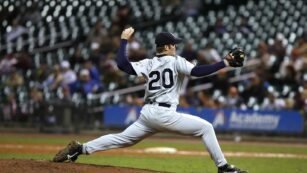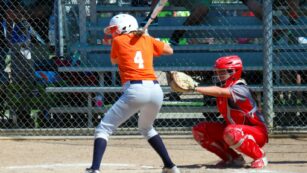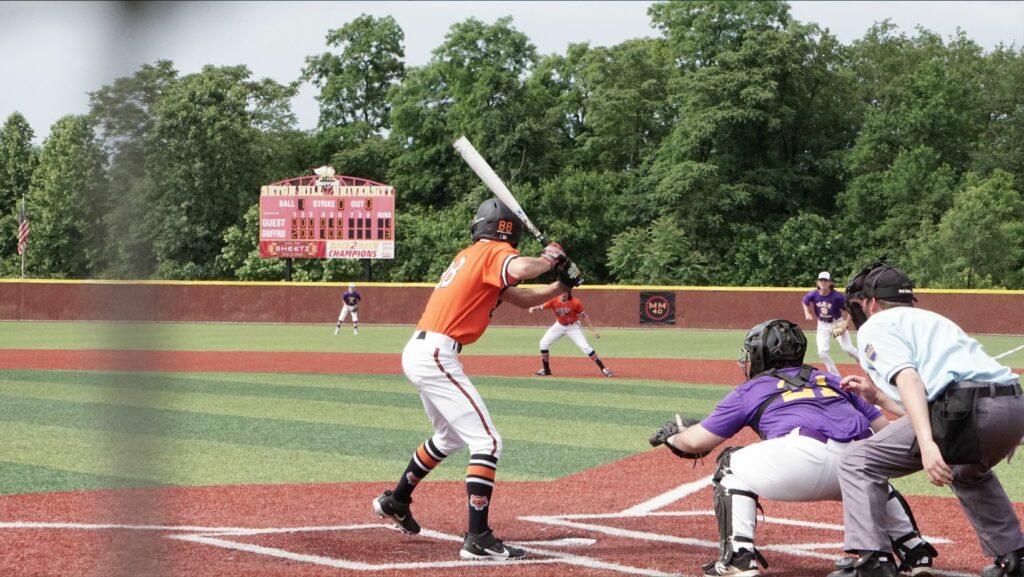As the crack of the bat echoes through the stadium and the crowd roars in anticipation, every MLB game brings with it a wave of excitement and unpredictability. But what if you could lift the veil of uncertainty and make educated predictions about the outcome? Welcome to the thrilling world of MLB game predictions. Here, statistics aren’t just numbers – they’re the key to understanding the game’s intricate dynamics. From player performance to team strategies, every detail can tip the scale towards victory or defeat.
MLB Game Predictions
 Statistical Analysis in MLB predictions involves examining diverse metrics, from traditional stats to modern analytics. Take batting averages, for instance, which offer insights into a player’s offense over time. Similarly, Pitcher’s Earned Run Averages (ERAs) provide data on defensive effectiveness. On a more advanced level, Sabermetrics, an evolved kind of statistical analysis, involves assessing in-game activity, such as batted ball velocity, launch angle, or pitcher’s spin rate. Consequently, statistical analysis forms an essential pillar in the art of predicting MLB game outcomes.
Statistical Analysis in MLB predictions involves examining diverse metrics, from traditional stats to modern analytics. Take batting averages, for instance, which offer insights into a player’s offense over time. Similarly, Pitcher’s Earned Run Averages (ERAs) provide data on defensive effectiveness. On a more advanced level, Sabermetrics, an evolved kind of statistical analysis, involves assessing in-game activity, such as batted ball velocity, launch angle, or pitcher’s spin rate. Consequently, statistical analysis forms an essential pillar in the art of predicting MLB game outcomes.
Tools and Technologies in MLB Predictions
Machine Learning Models
Utilizing Machine Learning Models signifies a shift towards computer-aided data analysis in sports prediction. These models integrate vast amounts of data from diverse sources, such as player statistics, historic game results, and even injury reports. They perform a detailed analysis, identifying patterns and correlations that can enhance prediction accuracy and reliability. For example, the Random Forest algorithm—a popular machine learning model—offers valuable insights by generating a multitude of decision trees and averaging their predictions. Hence, users can leverage such models for in-depth analysis and precision, a step beyond traditional data review methods.
of data from diverse sources, such as player statistics, historic game results, and even injury reports. They perform a detailed analysis, identifying patterns and correlations that can enhance prediction accuracy and reliability. For example, the Random Forest algorithm—a popular machine learning model—offers valuable insights by generating a multitude of decision trees and averaging their predictions. Hence, users can leverage such models for in-depth analysis and precision, a step beyond traditional data review methods.
Statistical Software
 Another revolution in the field of MLB predictions stems from the use of advanced Statistical Software platforms. These platforms, like R and Python, provide powerful computational capabilities. They enable the processing of massive databases swiftly and afford users the functionality of manipulating and analyzing datasets to generate reliable outcomes. R, a popular choice due to its comprehensive statistical analysis toolkit, allows users to apply various methodologies, from time-series analysis to logistic regressions. Python, recognized for its simplicity and flexibility, encourages users to apply machine learning techniques readily, further enhancing prediction capabilities. In the sphere of MLB prediction, such software aids in ably handling the complexity of multiple data points, fortifying prediction outcomes.
Another revolution in the field of MLB predictions stems from the use of advanced Statistical Software platforms. These platforms, like R and Python, provide powerful computational capabilities. They enable the processing of massive databases swiftly and afford users the functionality of manipulating and analyzing datasets to generate reliable outcomes. R, a popular choice due to its comprehensive statistical analysis toolkit, allows users to apply various methodologies, from time-series analysis to logistic regressions. Python, recognized for its simplicity and flexibility, encourages users to apply machine learning techniques readily, further enhancing prediction capabilities. In the sphere of MLB prediction, such software aids in ably handling the complexity of multiple data points, fortifying prediction outcomes.
Future Trends in MLB Game Predictions
Rule changes affect game dynamics, thus influencing predictive models. For instance, MLB’s 2020 implementation of placing a runner on second base at the start of each half-inning in extras, drastically altered scoring patterns. Such alterations require predictive tools to adapt swiftly, adding and reweighting variables in models to maintain precision in projections In a first of its kind, the subjective domain of player psychology also becomes an auxiliary input in predictive models. Aspects such as a player’s morale, stress levels, and mental resiliency contribute to performance in-game. This new trend acknowledges that baseball isn’t purely physical but carries significant cognitive and emotional facets as well. As more data on player psychology becomes available, it’s incorporation into predictive models is set to shape how we understand and predict MLB games.
at the start of each half-inning in extras, drastically altered scoring patterns. Such alterations require predictive tools to adapt swiftly, adding and reweighting variables in models to maintain precision in projections In a first of its kind, the subjective domain of player psychology also becomes an auxiliary input in predictive models. Aspects such as a player’s morale, stress levels, and mental resiliency contribute to performance in-game. This new trend acknowledges that baseball isn’t purely physical but carries significant cognitive and emotional facets as well. As more data on player psychology becomes available, it’s incorporation into predictive models is set to shape how we understand and predict MLB games.
Conclusion
As the MLB prediction landscape evolves, it’s clear that a blend of traditional and advanced analytical methods is key to accurate forecasts. Player statistics and team strategies remain crucial, but the rise of machine learning models and statistical software adds a new layer of sophistication. The Random Forest algorithm, along with platforms like R and Python, are proving to be game-changers. Looking ahead, rule changes, real-time data analysis, and the inclusion of player psychology are set to shape the future of MLB predictions. These trends highlight the dynamic nature of game predictions, the need for immediate insights, and the importance of understanding players’ cognitive and emotional states. It’s an exciting era for MLB game predictions, with these advancements paving the way for more accurate, insightful, and comprehensive forecasting methods.

